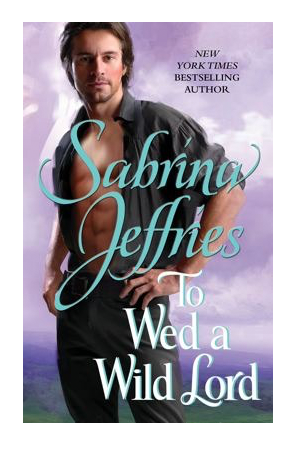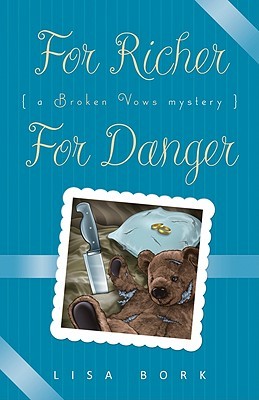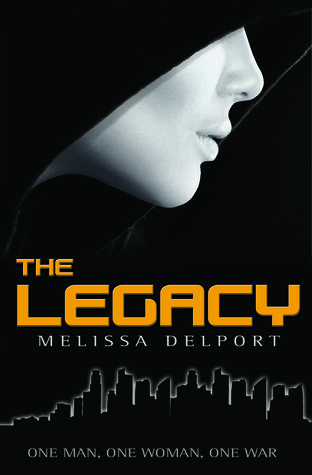I received this book for free from my own shelves in exchange for an honest review. This does not affect my opinion of the book or the content of my review.
Source: my own shelves
The Nonesuch
by
Georgette Heyer
historical romance in eBook edition on February 28, 2011 and has 302 pages.
Explore it on Goodreads or Amazon
Other books by this author which I have reviewed include These Old Shades, Bath Tangle, Lady of Quality, The Black Moth, Venetia, The Spanish Bride, Simon the Coldheart, Beauvallet, A Civil Contract, Regency Buck, An Infamous Army, Frederica, The Unknown Ajax, Black Sheep, Sprig Muslin, Sylvester or the Wicked Uncle, The Grand Sophy, These Old Shades, Arabella, Powder and Patch, The Reluctant Widow, False Colours, The Corinthian, April Lady, Friday's Child
A standalone Regency romance revolving around the interactions between a governess and her charge versus a famous sportsman and his young cousin.
My Take
Poor Sir Waldo, he can’t win. He knows how badly he screwed up Laurence’s future and is working hard to do better by Julian. Socially, his reputation as the Nonesuch colors all his interactions with women and men with most of them making up to him, in hopes of marriage and/or status.
Poor Lady Lindeth. She wants social success for her son, who really only wants to live in the country. She is a realist, though, which is a good thing for her son, lol.
The Nonesuch pokes at the differences between men and women in their views on sports, from highly admired to degrading. It’s not much different from our admiring athletes and movie stars these days.
Heyer provides vividly contrasting characters in her men and women, from the decent Sir Waldo and Julian against the selfishness of Laurence and Tiffany’s self-centeredness versus Patience’s goodness and Ancilla’s awareness of how society works. You just want to hate Tiffany for her behavior and pray for her downfall.
The most basic view of society manners is how obsessed the upper class is with lineage, money, marriage, and reputation. And, yet another example of why I love women’s lib. Can you imagine how successful Ancilla would have been in today’s world as opposed to being valued because of the odd yet practical advice she gives to control Tiffany?
Lol, I’m with Mrs Underhill. Just because someone is dead does not mean that they’re suddenly good people.
The Wedmores are shocked at Sir Waldo’s openhandedness while the local fathers are impressed on Sir Waldo’s presence is curbing their sons’ pranks and “aspirations”.
This decency points up Sir Waldo’s philanthropic bent. — and I could wish that more wealthy people had his perspective Then again, his “philanthropy” also shows up in his dealings with Tiffany as he hopes to force her to reveal her true self to Julian, *laughing*. I do feel bad for Julian. It does give Julian a useful baseline.
All this oneupsmanship amongst the local families will crack you up. Laurie’s machinations are another sighworthy experience — his ambition is to be courted by the ladies and be looked up to. Poor boy. If he would only use his brains. Although, that episode in Leeds with Tiffany will crack you up.
The waltz is still considered that extremely fast German dance.
Heyer uses third person global subjective point-of-view from several perspectives, of which the most prominent are Ancilla, Sir Waldo, and Tiffany. It’s a fascinating look into their minds.
An enjoyable story that will leave you with good feelings.
The Story
It’s an upset in Oversett! Sir Waldo Hawkins! Sir Waldo is coming to look over Broom Hall. It’s news that sets all the young men in the district into aping what they think are the doings of the Corinthian set to which Sir Waldo belongs.
The ladies in the district are all a’flutter as they plan balls, dinners, picnics, ridottos, and more in their attempt to attract the attentions of both Sir Waldo and Lord Lindeth.
Tiffany Wield, of course, has her own plans.
The Characters
Ancilla Trent is a very expensive governess — she’s the only one who can control the wayward Tiffany Wield, a very wealthy young lady. Ancilla’s brother Will has a parish in Derbyshire and their mother and sisters Sally and Mary live with him as does young Christopher when he comes down from school. Harry is their cricket-obsessed brother, who’s in the army as was their father. (Ancilla’s uncle is General Sir Mordaunt Trent!) Bernard Trent is their cousin and the son of the general, who disgusts Ancilla.
The highly sought-after Sir Waldo Hawkridge, a.k.a. the Nonesuch, really doesn’t need Broom Hall what with Manifold, a townhouse, and a place in Leicestershire. Munslow is his man. Blyth is his groom. The young Julian, Lord Lindeth, is a conscientious young man whom Waldo has taken under his wing. Lady Lindeth is Julian’s ambitious mother.
Oversett in the West Riding is . . .
. . . where Broom Hall is located and the Wedmores are the hard done-by butler and housekeeper. Mr Hucking is the estate bailiff.
The goodhearted but underbred Mrs Underhill lives at Staples with her children Charlotte and Courtenay. There’s also the beautiful Miss Theophania “Tiffany” Wield, Mrs Underhill’s niece, who is a spoiled and wealthy brat who has only ever responded to Ancilla’s “advice”. I think Matlock is Mrs Underhill’s maid while Maria Docklow is abigail to Tiffany. Totton is the butler. John-Coachman handles the carriages. James appears to be a groom. Netley lives in the lodge. Mrs Underhill plans to visit cousins George and Matty in Bridlington.
The Reverend John Chartley has two daughters, the pretty yet self-effacing Patience, and young Jane. His wife is a Yateley — Lady Lindeth’s great friend is a Maria Yately! The Rectory employs Mrs Honeywick as cook? housekeeper? and James is the groom.
Squire Mickleby’s son Arthur is trying his hardest to emulate Sir Waldo. Oops. His wife, Mrs Mickleby, is quite pretentious. Their daughters are Mary, Jane, and Caroline. The Banningham children include Sophia, Jack, and Edward. Gregory Ash is another of the young men in the area.
Humphrey Colebatch — his father, Sir Ralph, is torn between pride in his son’s brains and the fear that there’s something wrong with him. Daughter Lizzie is just the opposite of Humphrey (she’ll ride White Star on their ill-fated expedition). Lady Colebatch is too indulgent; the family lives at Colby Place.
Tom Ostler works at the Crown. The Butterlaws, the Shilbottles, the Badgers, the Tumbys, and the Wrangles aren’t quite. Dr Wibsey is the local physician. Mrs Syston is Mrs Banningham’s dear friend. Mrs Winkleigh is a friend of Syston’s. Mrs Tawton is a indigent widow making Mrs Underhill’s curtains. Maybe. Old Matthew, a pensioner, is laid up with rheumatism.
The Family
Aunt Sophia, Lady Lindeth, is incensed that Sir Waldo inherited Cousin Joseph Calver’s fortune, including Broom Hall. The worthy yet prosy George Wingham is the most senior of the cousins that include Laurence “Laurie” Calver; Blyth is Laurie’s man.
On Tiffany’s side of the family, there’s her uncle James Burford, a bachelor, and uncle Henry Burford, a banker with family that includes Bella, Jack, and William.
Skeeby had sold a chestnut to Courtenay; Mr Badgworth has a neatish bay. Mr Smeeth. Adstock’s wheels were grazed. Old Mrs Rowsely runs Moor Cross? Mr Dishforth is a toothdrawer. Sir William Ash. Mrs Walmer is a dressmaker in Leeds. The King’s Head is an inn in Leeds where John is a waiter.
The Corinthian set is more interested in sports than gambling or fashion. Their set includes Lord Alvanley. Miss Trent had previously been employed by Miss Climping’s Seminary in Bath. The Arkendales are a family Sir Waldo and Julian stayed with on their journey. Mountsorrel, Stone, Elstead, and Watchett are friends of the idiotic Bernard. Baldock is a sporting gentleman in London who spreads the story. Desmond Kearney hasn’t a feather to fly with but knows horses; he’s inherited a place in Galway from his uncle. Mostyn Garrowby was Tiffany’s first beau in Bath. Lady Spencer, who was mad about educating the poor, had been Sir Waldo’s mother’s friend.
The Cover and Title
The cover is flat color-wise. A faded, wooded background with a be-wigged Sir Waldo in cream trousers and shirt with a pale yellow jacket and pale gray gloves. It’s an action pose, as if he’s taking a step forward while looking off to the right. The text is all in white with a testimonial to the left of his neck, the author’s name crossing his knees and the title just below that.
The title is both a reference to Sir Waldo and the resolution of the situation, The Nonesuch.















